Scientific Information/Data
More than 20 years of scientific research have given the name Ossopan worldwide recognition as a source of microcrystalline hydroxyapatite concentrate (MCHC). Numerous published studies support the safety, tolerability, and bone health-related effectiveness of MCHC supplementation.[1,2] Studies suggest that the bioavailability of calcium from MCHC supplements may be as good as or better than the bioavailability of calcium from calcium gluconate supplements.[3,4] XYMOGEN utilizes standardized, safe, bovine-sourced MCHC from New Zealand, a country with stringent standards. Its production features a proprietary technique that preserves the bioactive contents of bone. This process creates a naturally balanced formula because whole bone extract provides all of the nutrients found in healthy bone.*
Unlike other calcium supplements on the market, Ossopan consists of collagenous and non-collagenous proteins and peptides. These compounds include insulin-like growth factors I and II (IGF-I, IGF-II), transforming growth factor beta (TGF-beta), and osteocalcin, factors that stimulate alkaline phosphatase activity and support metabolism in human bone cells.[5] Removal of the protein fraction appears to reduce the positive effects of the formula, highlighting the importance of its presence.*[6]
A study suggested that the occurrence of positive and statistically significant changes in forearm bone integrity were the result of daily supplementation with 3000 mg of microcrystalline hydroxyapatite.[7] Earlier studies compared Ossopan to other forms of calcium with regard to the support of normal bone turnover and bone mineral integrity. In one 20-month, double-blind study, women were given 1400 mg of elemental calcium (equivalent to approximately 5000 mg MCHC) as either calcium carbonate or Ossopan. At the end of the study, the presence of bone integrity was statistically significant in the Ossopan group.*[8]
Clinical trials suggested that Ossopan supplementation was welltolerated and yielded a positive outcome for dental status, bone integrity, and healthy bone metabolism.[9,10] A randomized, controlled study indicated that the addition of Ossopan to exogenously administered hormones provided statistically significant support (4.7%, P<0.1) to vertebral bone mass.[10] Another study of 60 subjects suggested that bone mass was maintained while on Ossopan.*[11]
Ossopan is high-quality MCHC from New Zealand. The World Organization for Animal Health (the OIE) has classified New Zealand as a “negligible BSE risk country,” the most favorable official classification a country can be given.[12] Ossopan is manufactured under proprietary processes that meet FDA, USDA, and EU regulatory requirements. Gentle processing is used to retain the delicate protein matrix and organic factors. X-ray-diffraction analysis confirms the microcrystalline structure. The MCHC is assayed for hydroxyproline content. The collagen content is greater than 22% with the majority being type l, the predominant collagen occurring in bone. Frequent heavy metal assays assure purity.
Ossopan 1100™ delivers 1100 mg of Ossopan per capsule. Ossopan MD™ delivers 500 mg of Ossopan per capsule along with vitamin D, magnesium, and additional calcium. Vitamin D is provided as cholecalciferol, which stimulates intestinal calcium absorption and helps support calcium and phosphorus homeostasis in the body. Calcium is provided as MCHC and DimaCal® dicalcium malate, and magnesium is provided as Albion dimagnesium malate and TRAACS® magnesium bisglycinate chelate. The buffering malate forms of calcium and magnesium do not react with stomach acid and are less likely than carbonates to cause discomfort and acid rebound.*[13]
*These statements have not been evaluated by the Food and Drug Administration. This product is not intended to diagnose, treat, cure, or prevent any disease.
References
1. Pines A, Raafat H, Lynn AH, et al. Clinical trial of microcrystalline hydroxyapatite compound (‘Ossopan’) in the prevention of osteoporosis due tocorticosteroid therapy. Curr Med Res Opin. 1984;8(10):734-42. [PMID: 6373153]
2. Stellon A, Davies A, Webb A, et al. Microcrystalline hydroxyapatite compound in prevention of bone loss in corticosteroid-treated patients with chronic active hepatitis. Postgrad Med J. 1985 Sep;61(719):791-6. [PMID: 2997764]
3. Buclin T, Jacquet AF, Burckhardt P. Intestinal absorption of calcium gluconate and oseine-mineral complex: an evaluation by conventional analyses [in French]. Schweiz Med Wochenschr. 1986 Dec 13;116(50):1780-3. [PMID: 3026039]
4. Epstein O, Kato Y, Dick R, et al. Vitamin D, hydroxyapatite, and calcium gluconate in treatment of cortical bone thinning in postmenopausal women with primary biliary cirrhosis. Am J Clin Nutr. 1982 Sep;36(3):426-30. [PMID: 6287835]
5. Stepan JJ, Mohan S, Jennings JC, et al. Quantitation of growth factors in ossein-mineral-compound. Life Sci. 1991;49(13):PL79-84. [PMID: 1653384]
6. Annefeld M, Caviezel R, Schacht E, et al. The influence of ossein-hydroxyapatite compound (‘Ossopan’) on the healing of a bone defect. Curr Med Res Opin. 1986;10(4):241-50. [PMID: 3022988]
7. Fernández-Pareja A, Hernández-Blanco E, Pérez-Maceda JM, et al. Prevention of osteoporosis: four-year follow-up of a cohort of postmenopausal women treated with an ossein-hydroxyapatite compound. Clin Drug Investig. 2007;27(4):227- 32. [PMID: 17358094]
8. Rüegsegger P, Keller A, Dambacher MA. Comparison of the treatment effects of ossein-hydroxyapatite compound and calcium carbonate in osteoporotic females. Osteoporos Int. 1995 Jan;5(1):30-4. [PMID: 7703621]
9. Khadzhiev A, Rachev E, Katsarova M, et al. The results of a clinical trial of the preparation Ossopan [in Bulgarian]. Akush Ginekol (Sofiia). 1990;29(4):85-7. [PMID: 2176437]
10. Castelo-Branco C, Martínez de Osaba MJ, Pons F, et al. Ossein-hydroxyapatite compounds for preventing postmenopausal bone loss. Coadjuvant use with hormone replacement therapy. J Reprod Med. 1999 Mar;44(3):241-6. [PMID: 10202741]
11. Castelo-Branco C, Pons F, Vicente JJ, et al. Preventing postmenopausal bone loss with ossein-hydroxyapatite compounds. Results of a two-year, prospective trial. J Reprod Med. 1999 Jul;44(7):601-5. [PMID: 10442322]
12. Bovine Spongiform Encephalopathy Status of Members. OIE-World Organization for Animal Health Web site. http://www.oie.int/animal-health-in-the-world/ official-disease-status/bse/list-of-bse-risk-status/. Accessed May 9, 2014.
13. Malic acid can be the right ligand for certain applications. Albion® Research Notes. April 2003;12(2). http://www.albionhumannutrition.com/research-notes/ download?start=40. Accessed May 9, 2014


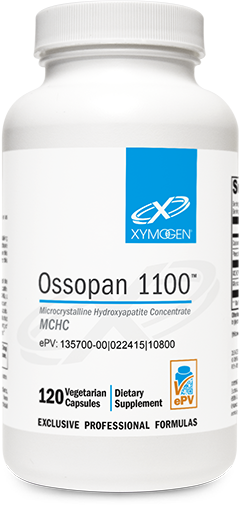
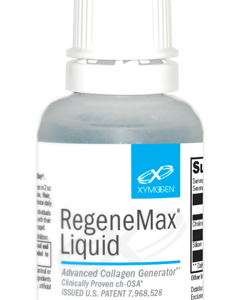
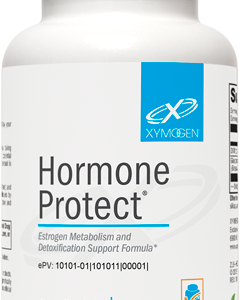
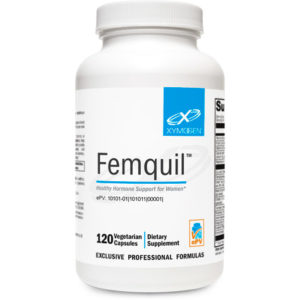
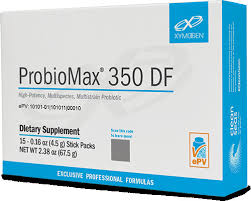
Reviews
There are no reviews yet.